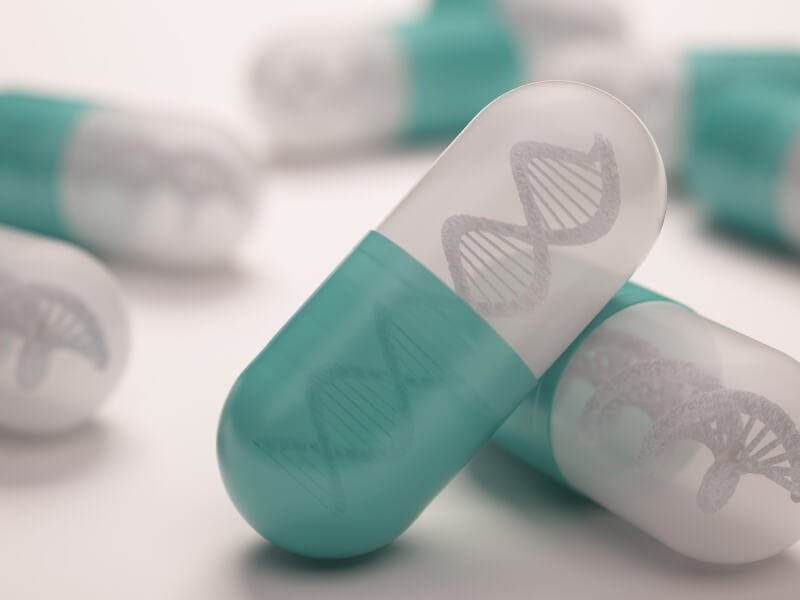As resistance to antibiotics grows in the U.S., researchers are looking for new ways to fight germs like Clostridium difficile, a bacterium that can cause fatal infections in hospitals and nursing homes.
One way to do that: a “CRISPR pill” that instructs harmful bacteria to self-destruct.
Now scientists want to turn it into ultra-precise antimicrobial treatments to “specifically kill your bacteria of choice,” says food scientist Jan-Peter Van Pijkeren of the University of Wisconsin-Madison.
CRISPR was actually discovered in bacteria. In fact, the system is an immune defense bacteria use to fend off invading viruses called bacteriophage.
The way it works is that bacteria store memories of viral DNA in their own genomes as “clustered regularly interspaced short palindromic repeats”—or CRISPRs. They use this memory, plus a DNA-slicing enzyme known as a Cas to recognize and chop up the genes of invading bacteriophage.
Van Pijkeren’s idea is to use bacteriophage to send a false message to C. difficile, one that instead causes the bacteria to make lethal cuts to its own DNA.
The GLP aggregated and excerpted this blog/article to reflect the diversity of news, opinion, and analysis. Read full, original post: Edible CRISPR Could Replace Antibiotics
For more background on the Genetic Literacy Project, read GLP on Wikipedia































